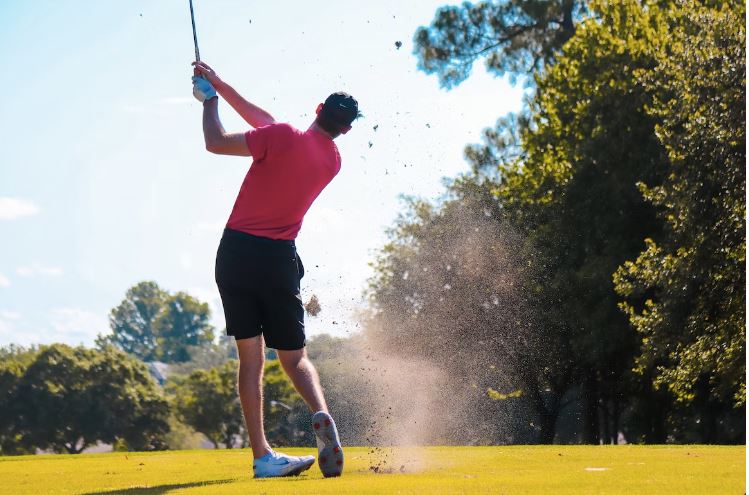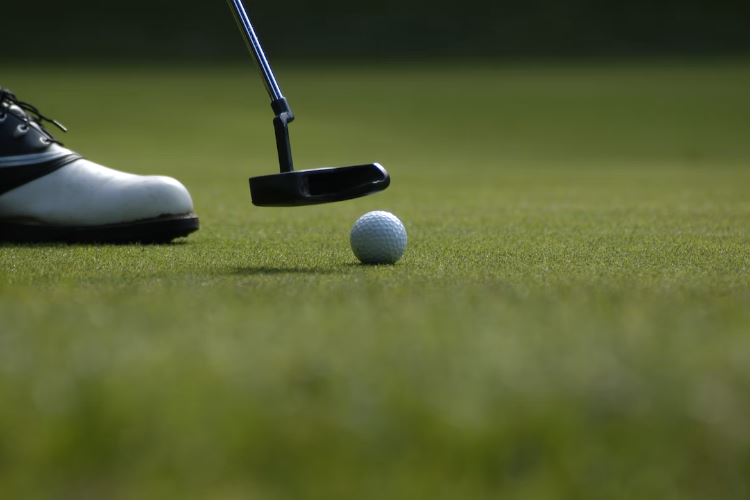You may find the game frustrating if you consistently play below par in golf. Knowledgeable golfers know that the success of their round hinges on their ability to perfect the art of meticulous preparation for each shot. If you want to shoot the lowest round score of the day’s group, you must stick to the same strategy for the full 18 holes. Your golf swing is the first and last step to victory. Beginners to the game of golf may be initially bewildered by the wide variety of required swing styles. Every successful golf swing has universal mechanics involving footwork and body position. Knowing where you stand physically and mentally on the golf field makes the game more pleasurable and less challenging.

Master Downward Swing And Impact
The downswing prepares you for impact with the ball and puts you in the best position to do so. The effect is important if you want a great golf swing, but the steps preceding it are even more important. As recommended by any golf swing instructor, your hands should be much past the ball when you strike it with your golf club; the robin golf club reviews suggest some premium clubs that will have that decent shot. To accomplish this, loosen your grip when you come into contact with the ball on the downswing. When you have a solid grasp on the club, you don’t let it slip behind your hands; instead, you keep it in a straight line with your grip. Holding the club tightly to maintain control is essential at this stage of the golf swing.
Cock Your Wrist
Once you master the correct swing technique, you’ll notice that your right elbow naturally begins to bend down. The cocked wrist prevents the left arm from staying straight as the other bends, causing this problem. Your forearm and the club shaft should have an “L” shape when your wrist is cocked. Keeping your hands at or above shoulder level will make this technique much simpler. From that point on, you should hardly move your hands to get to the peak of your swing. Be aware, though, that this is only sometimes the optimal method and can shift based on your physique. A golf pro can assist you in identifying your swing’s sweet spot if you need clarification on how you’re performing.
Perfect Your Posture
Golf teachers may disagree on the best way to set up a shot, but they can likely agree on the need for a solid lower body to keep your balance. To achieve this position, bend forward at the hips and flex slightly at the knees. For beginners, several coaches advocate balancing a relaxed and effective stance. Remember that you need to maintain a natural appearance in every photo. The right way to stand is with your weight distributed evenly across the balls of your feet. You should also be able to switch your weight from one foot to the other without losing your balance.
Tighten Your Shoulder Cuffs
Avoid locking your elbows and maintain your arms straight, particularly on the backswing. If your arms are flexible and relaxed, they will stay relatively straight with each swing. Assuming you coil up high enough, you should be able to keep your arms straight when your hands reach your waist. If you coil your shoulders properly, you should be able to hit the ball well down the fairway from the very first tee.
Loosen Your Swing
The correct distance off the approach can be achieved by relaxing the body after striking the golf ball. Your golf swing follow-through should have the same “L” shape as your backswing. If you keep your grip on the club looser, your wrist will be unlocked when you hit the ball. At the top of your backswing, you should feel your chest turn toward the target; at that moment, your wrist should re cock, and you can swing forward. Finish your follow-through with your feet shoulder-width apart and your body squared to the target. You can get your golf swing to be more consistent if you spend a lot of time practicing at the driving range. You should be able to keep up with other players on the course because all instructors teach the same fundamentals.

The golf game ultimately pays off in abundance. The smallest of changes in mastering your swing can have a profound effect on your shot. One’s swing is the starting point. If you’re slicing or hooking the ball, not getting the distance you want, or have never struck a golf ball before, continue practicing for the lowdown on improving your swing. Understanding the interplay between your body’s alignment, coiling, and wrist cocking is essential for developing a proficient golf swing.






